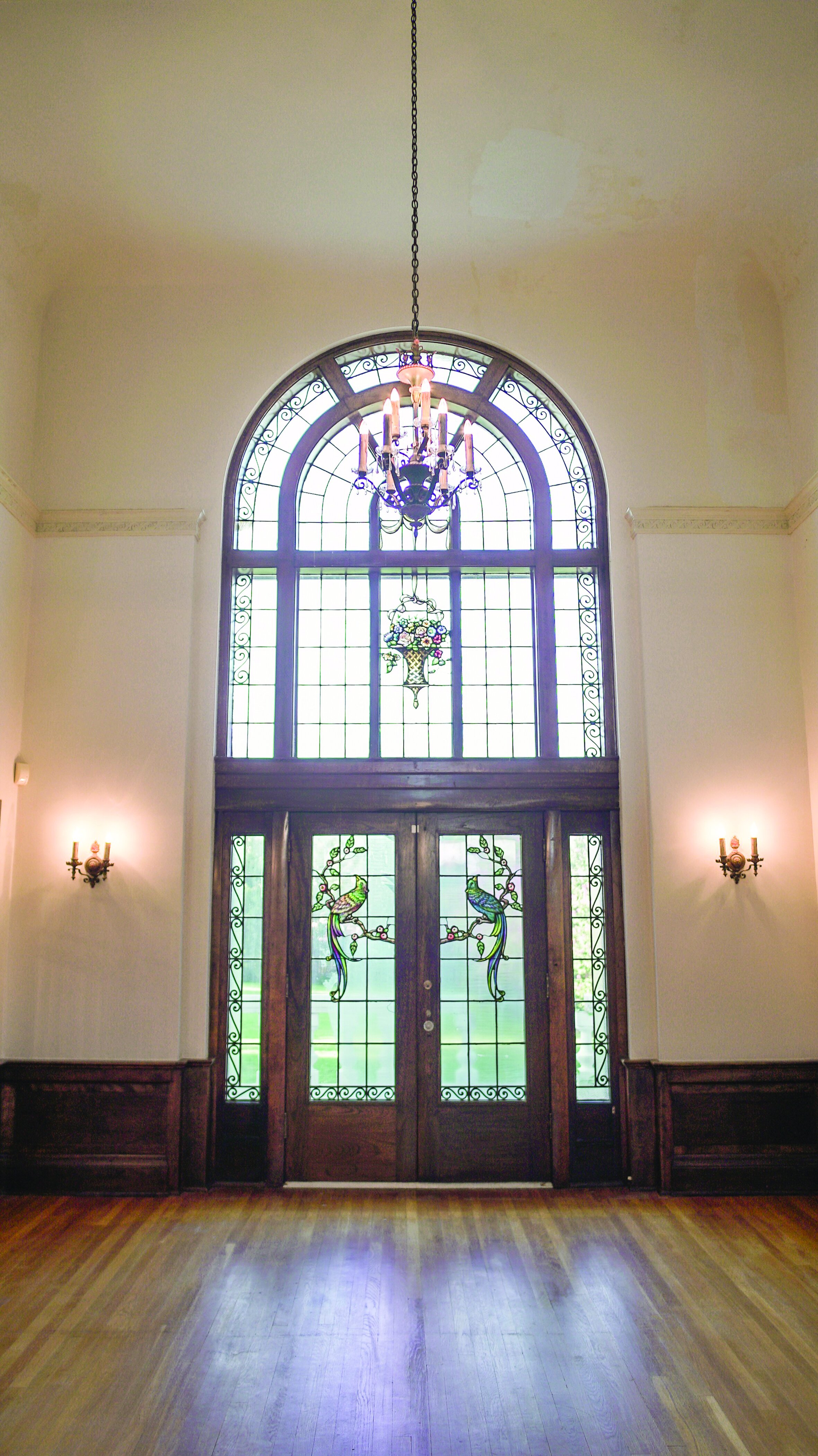Sundial Mansion
Just off North Kelley Avenue sits the Sundial Mansion, a historic gem of Oklahoma City. The villa-style estate transports its visitors to a foreign land in a distant time with its distinct turn-of-the-century Spanish flair. After the home weathered years of neglect, Oklahoma realtor Keena Oden is breathing life into it once more.
In the late 1890s, America was a place of dreams and luster for immigrants from around the world. A Greek businessman named John Sinopoulo caught wind of that dream and left his Greek homeland in 1893 to pursue ventures in the American entertainment industry. After doing business across the country, he eventually made his way to middle-America, opening the Delmar Gardens in Oklahoma City – the state’s premiere amusement park at the time. Sinopoulo and his wife took a liking to the state and decided to build a home in the heart of it.
Construction of the Mediterranean style “Sundial Mansion” began in 1915 with the design help of John Eberson, known for his work with atmospheric theatres across the world. His theatrical touches are found throughout the home, especially in the main living room with what resemble sound resonators of the 1920’s on the grand white walls with a soaring two-story stained glass arch sitting between them.
The house has 14 rooms across four floors covering over 7,100 square feet, in addition to a detached garage with an apartment above. The home was placed on the National Register of Historic Places in 1978, marking its significance in Oklahoma history.
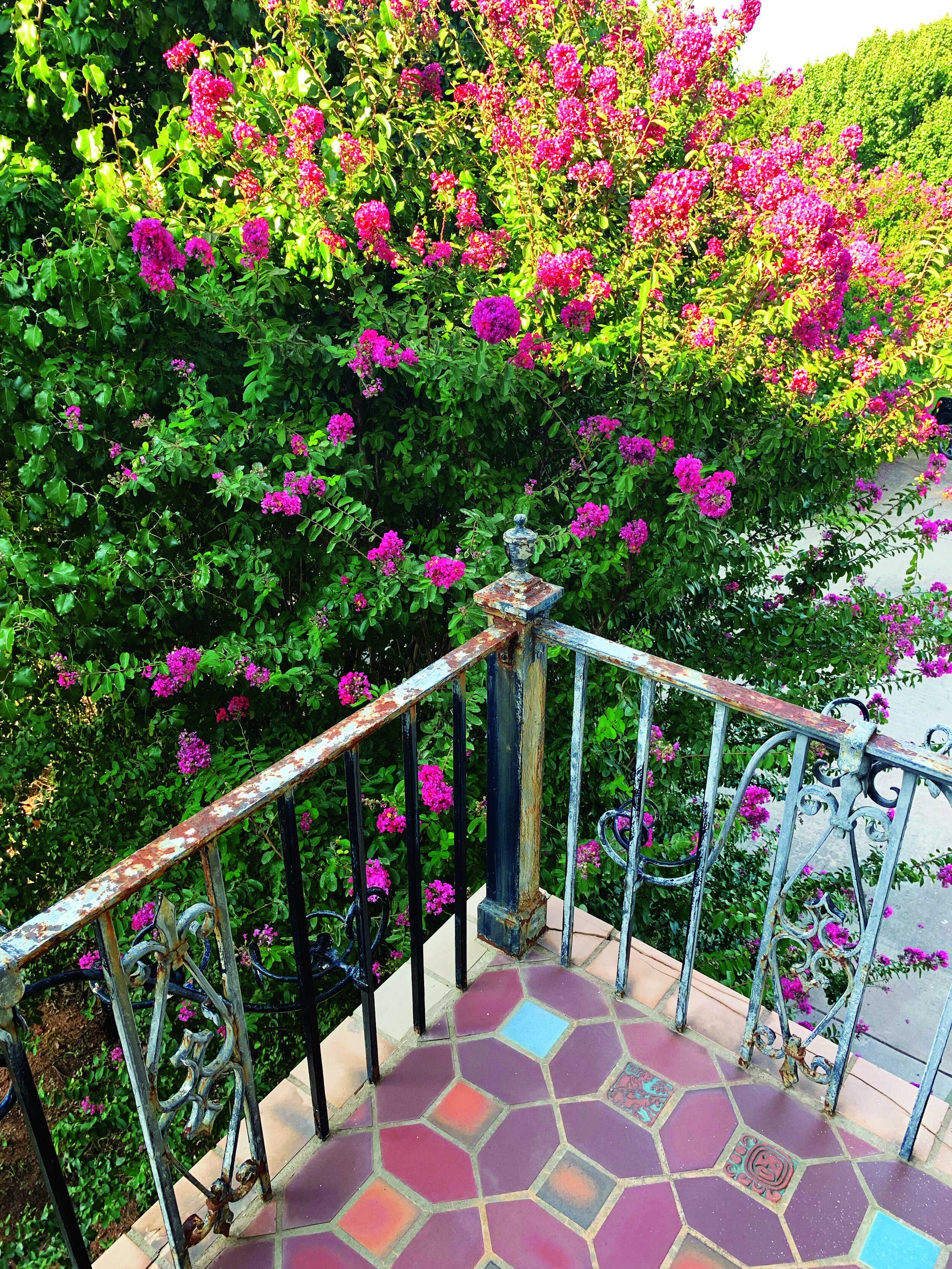
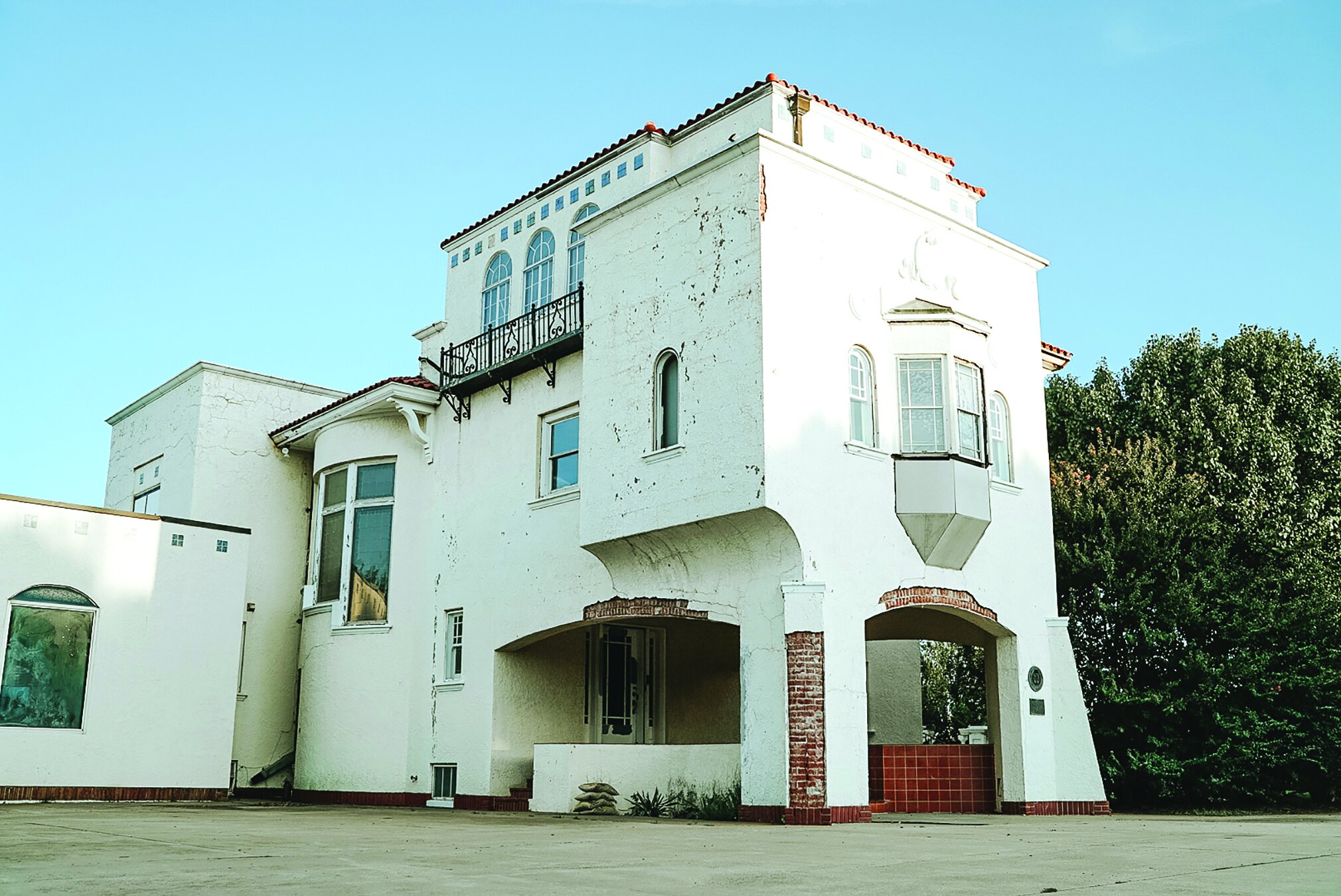
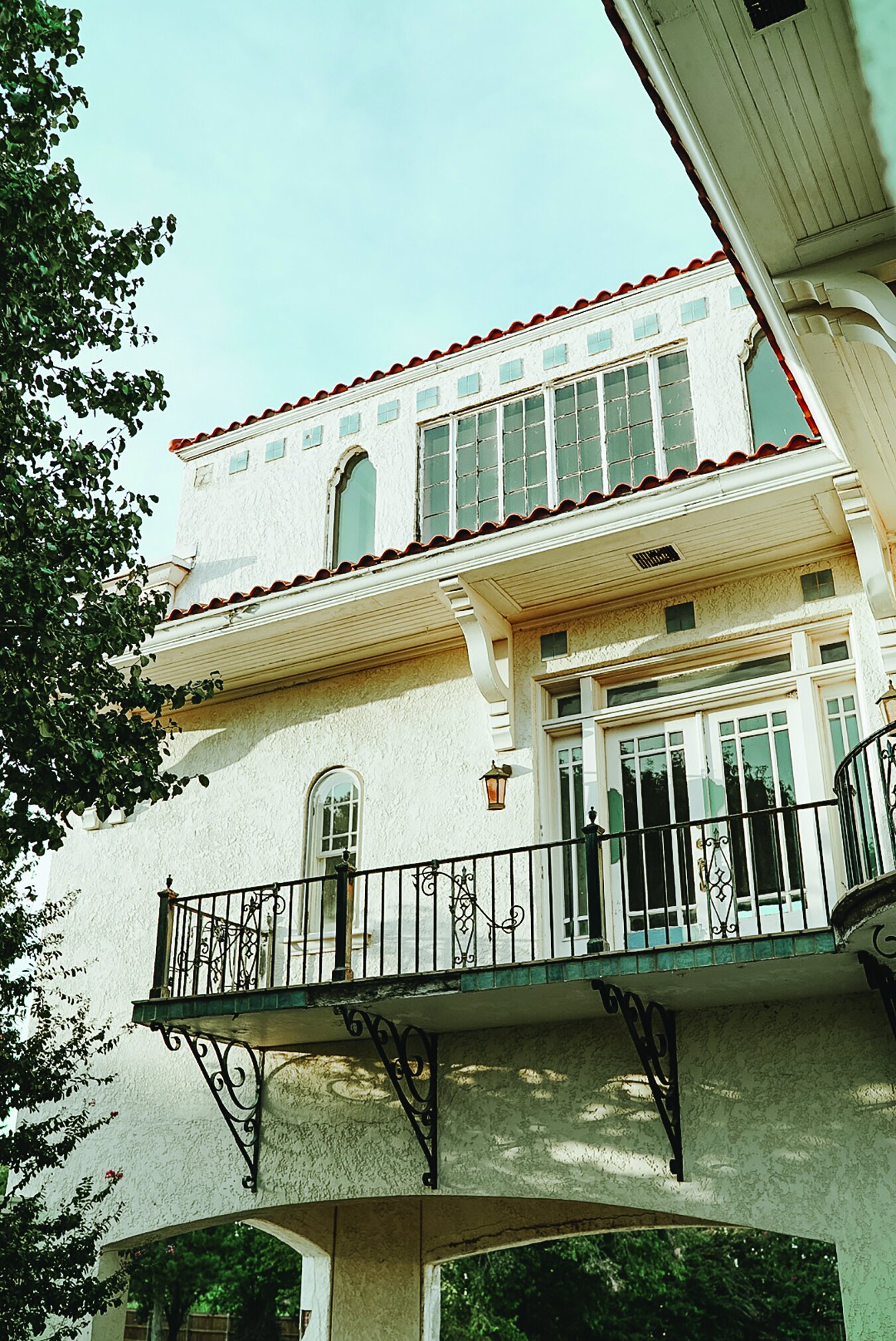
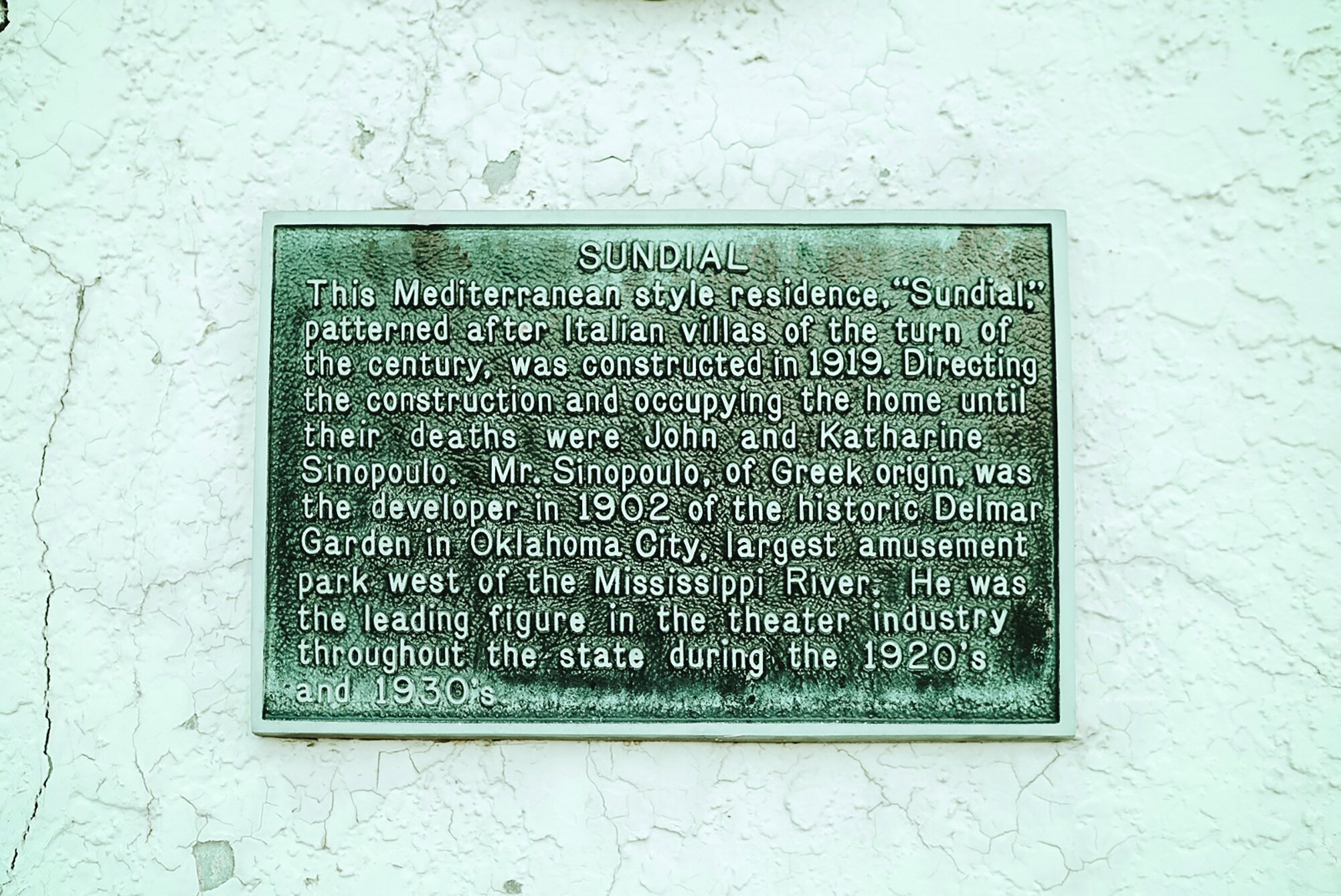
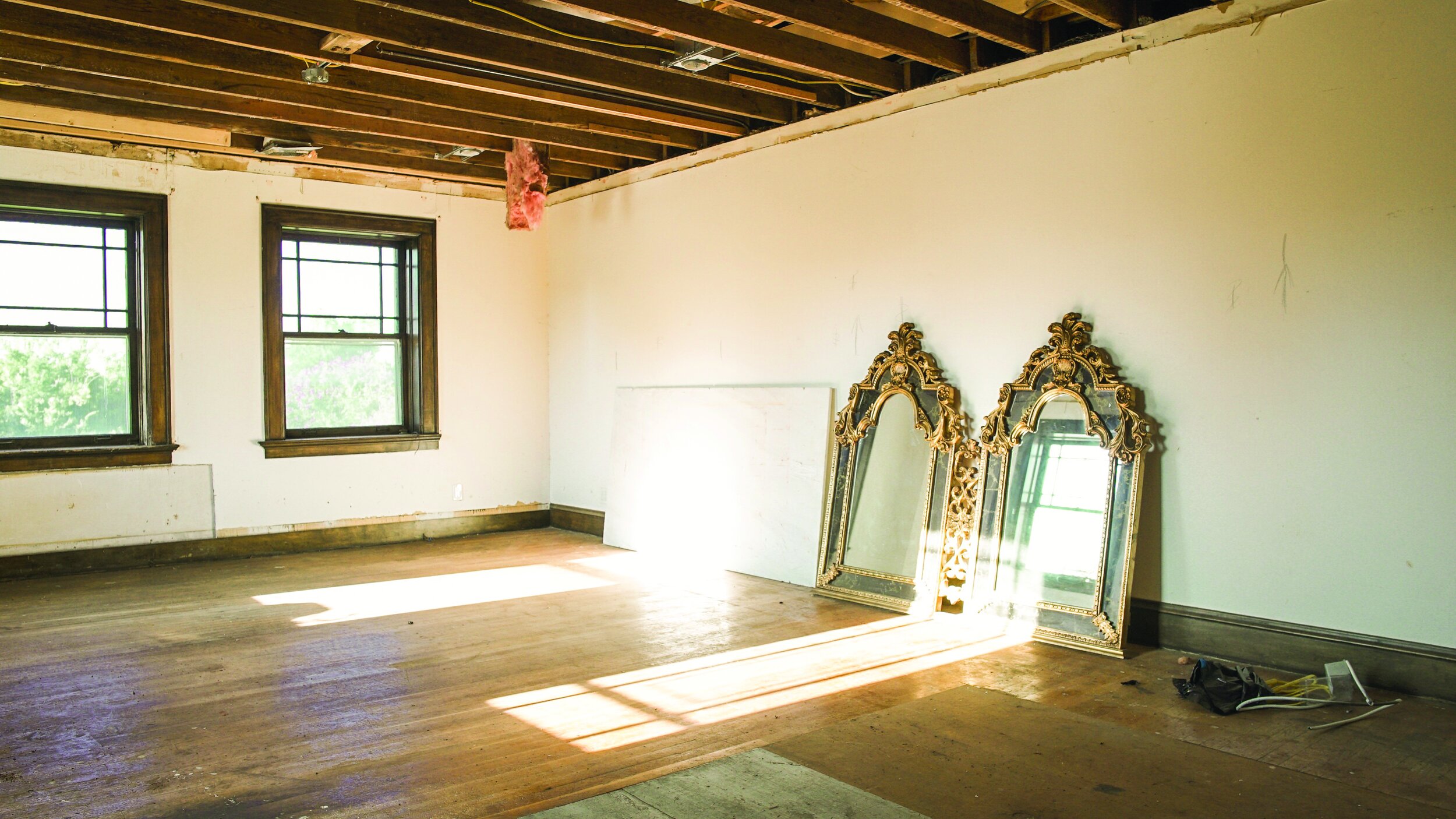
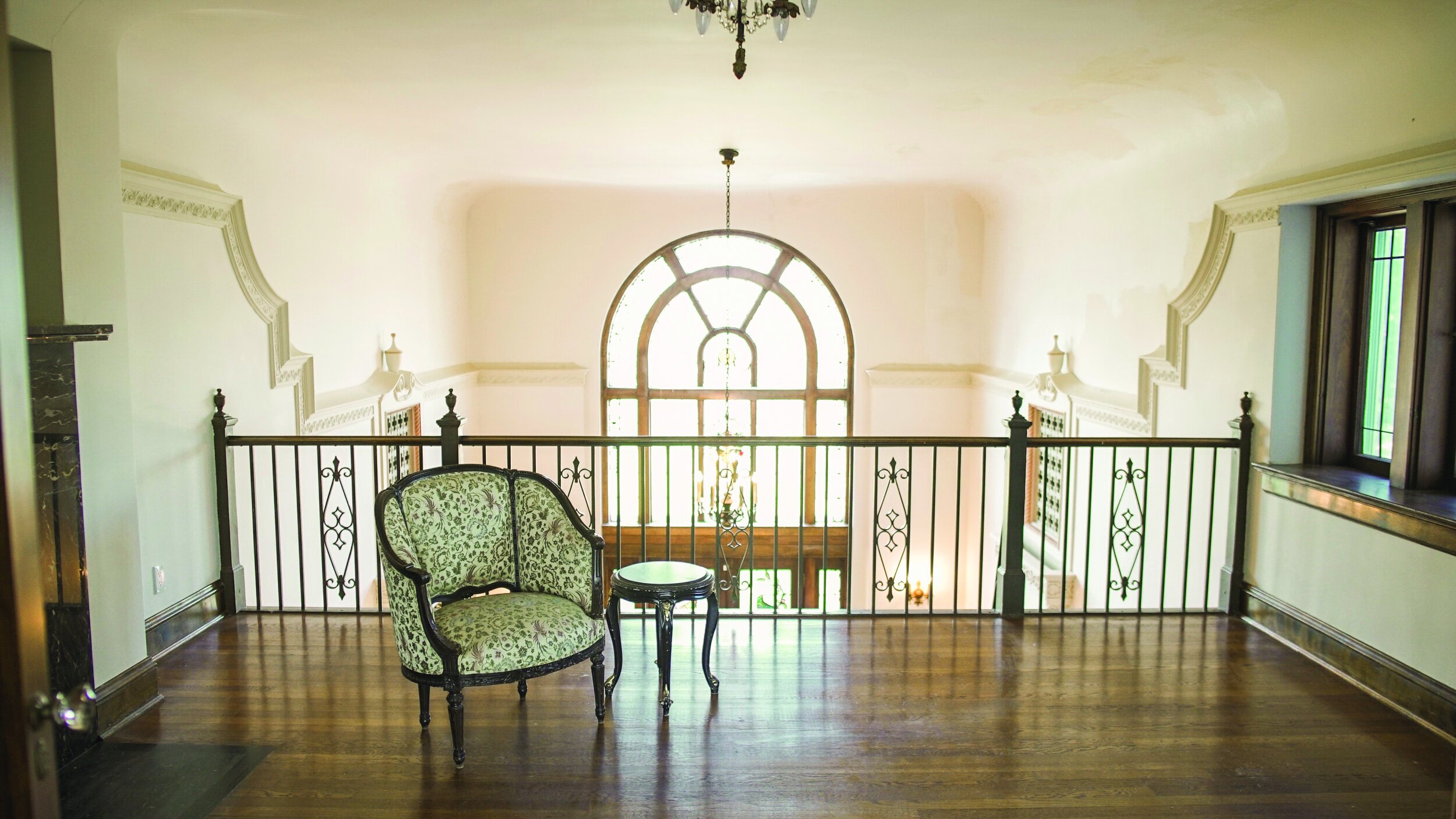
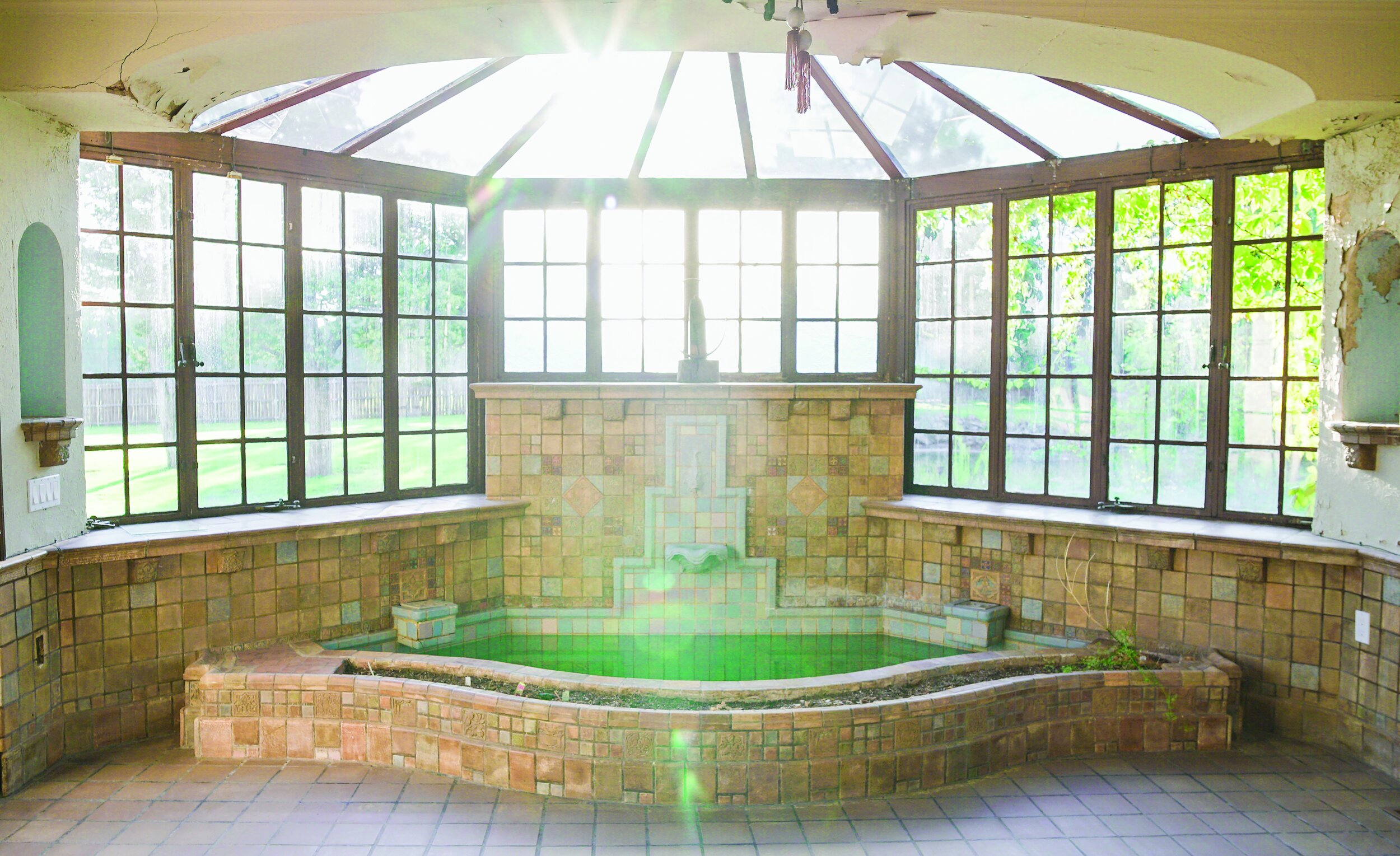
Keena Oden, its current owner and keeper, was no stranger to daunting renovations before she purchased the home. Having restored historical homes in the past, Oden always eyed the Sundial when she passed it on her daily commute. She said to herself, “If this house ever goes on the market, I’m going to buy it.”
Then one day, she saw it listed online, and within a week she had a contract. With years of neglect and disrepair, the home was no easy undertaking. The first thing she tackled was the mauve carpet that covered the entirety of the home. Beneath the seventies style shag was gorgeous hardwood floor and intricate tiling. From the beginning, Oden’s goal has been to preserve and restore as many original features as possible, though her overall plans for the property are still developing. She asks herself: “What is the Sundial? A venue? A museum? A home?”
The thought of selling it has crossed her mind, but only to a buyer with the home’s best interest in mind. “When you live here I think you need to be a steward of the property. A perfect buyer would be someone who is focused on preserving and restoring it. If someone came along and was that perfect buyer, I would consider it,” Oden said “though it would be hard to let it go.”
Oden hopes to one day see the property restored to its original beauty inside and out, with intact interior features and lush gardens surrounding.
Oden believes it is of utmost importance to preserve homes like the Sundial due to Oklahoma’s limited history, especially after the razing of many historical buildings during Oklahoma City’s urban renewal. “Oklahoma didn’t even become a state until 1907. We have very little history in comparison to other big cities like Denver, Cleveland and elsewhere. The Sundial is a treasure,” Oden said. “It is so important to preserve what we have.”
photos: Joanna Babb

